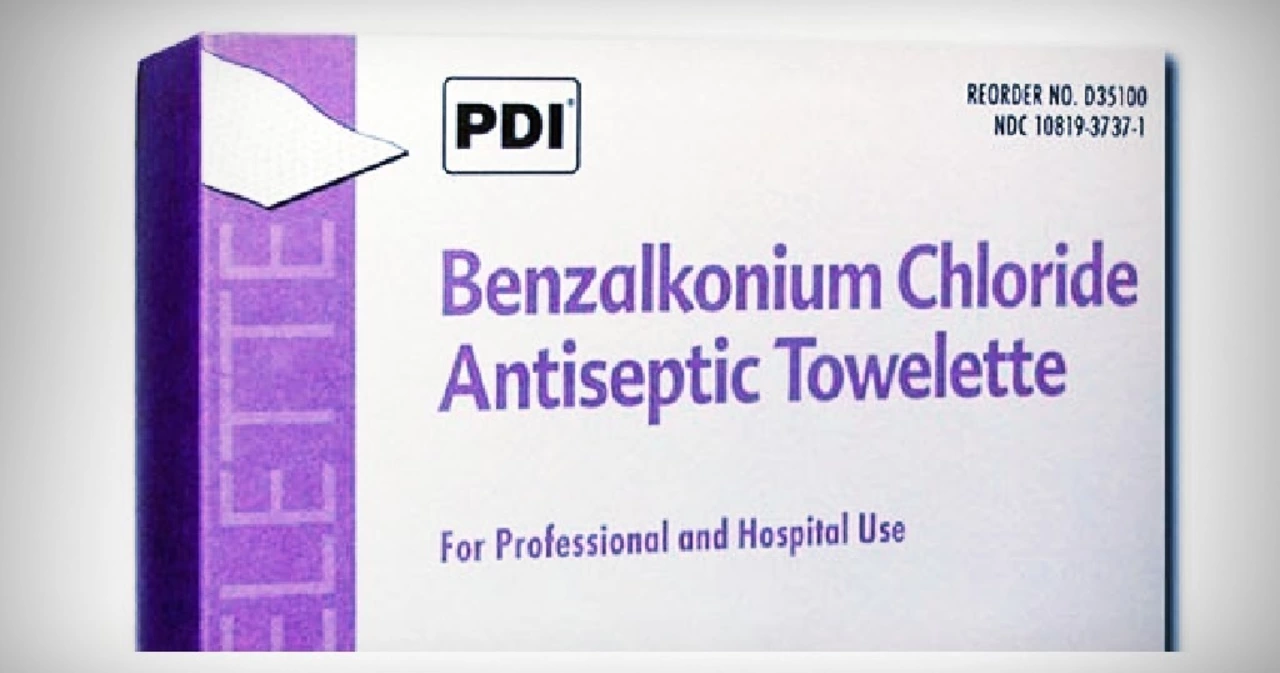Eye care products: what to buy and how to use them
Sore, gritty eyes can ruin your day. The right eye care products make a big difference, but the shelves are confusing. This short guide helps you choose safe, useful items—drops, ointments, lid cleansers and contact solutions—and shows when to get medical help.
Choose the right drops and ointments
Artificial tears are the first line for dryness. Look for preservative-free single-use vials if you wear contacts or use drops often. For daytime comfort pick lightweight aqueous drops; for evening or severe dryness try a gel or ointment that stays on the eye longer. Avoid redness-relief drops (decongestants) for regular use—they can cause rebound redness and worsen symptoms.
Allergy eye drops should contain an antihistamine or mast-cell stabilizer. They work fast for itching and watery eyes but talk to your eye doctor if symptoms persist. Prescription drops—antibiotics, steroids or medicated gels—are for infections and inflammation only; don’t use them without a doctor’s direction.
Cleaners, solutions and extras that matter
For contact lens wearers, use solutions labeled for your lens type. Never use tap water or plain saline to store lenses—those can introduce infection. If you have sensitive eyes, try a hydrogen peroxide system or a no-rub multipurpose solution recommended by your eye care provider.
If your eyelids are greasy or you have crusting (blepharitis), start with warm compresses and an eyelid cleanser or diluted baby shampoo. Use a clean cloth and gentle lid scrubs once or twice daily until things improve. Eyelid wipes made for blepharitis work well for quick cleanups while traveling.
Sunglasses are a product too: choose frames that block 100% UVA and UVB. UV protection prevents long-term damage and helps with glare on bright days.
Supplements like omega‑3 oils may help some people with dry-eye symptoms. Talk to your doctor before starting supplements, especially if you take blood thinners or other meds.
Storage and safety tips: check expiry dates, don’t share eye products, and keep dropper tips clean—avoid touching your eye or eyelids. Replace multi-use bottles after 30–90 days depending on the product label. If a product smells odd or stings more than a few seconds after use, stop and toss it.
When to see an eye doctor: sudden vision loss, eye pain, worsening redness, pus-like discharge, flashes of light, or seeing halos around lights. Also get checked if over-the-counter products don’t help within a few days or symptoms return often.
Buying online? Use reputable pharmacies and check that active ingredients match what your doctor recommended. If buying overseas or from a new site, confirm customer reviews and pharmacy credentials before purchase.
Pick products that match your needs, use them safely, and ask an eye care professional for persistent or severe problems. Simple choices and good habits keep your eyes comfortable and protect your sight.
How benzalkonium chloride/zinc oxide is used in eye care products
As a blogger, I recently came across an interesting topic about how benzalkonium chloride and zinc oxide are used in eye care products. These two ingredients are commonly found in over-the-counter eye drops and ointments, mainly due to their antibacterial and astringent properties. Benzalkonium chloride acts as a preservative and disinfectant, while zinc oxide is often used to soothe and protect the eye. These ingredients work together to keep our eyes healthy and clean, while also providing relief from various eye irritations. It's fascinating to learn how everyday products contain such essential components for our eye care.

